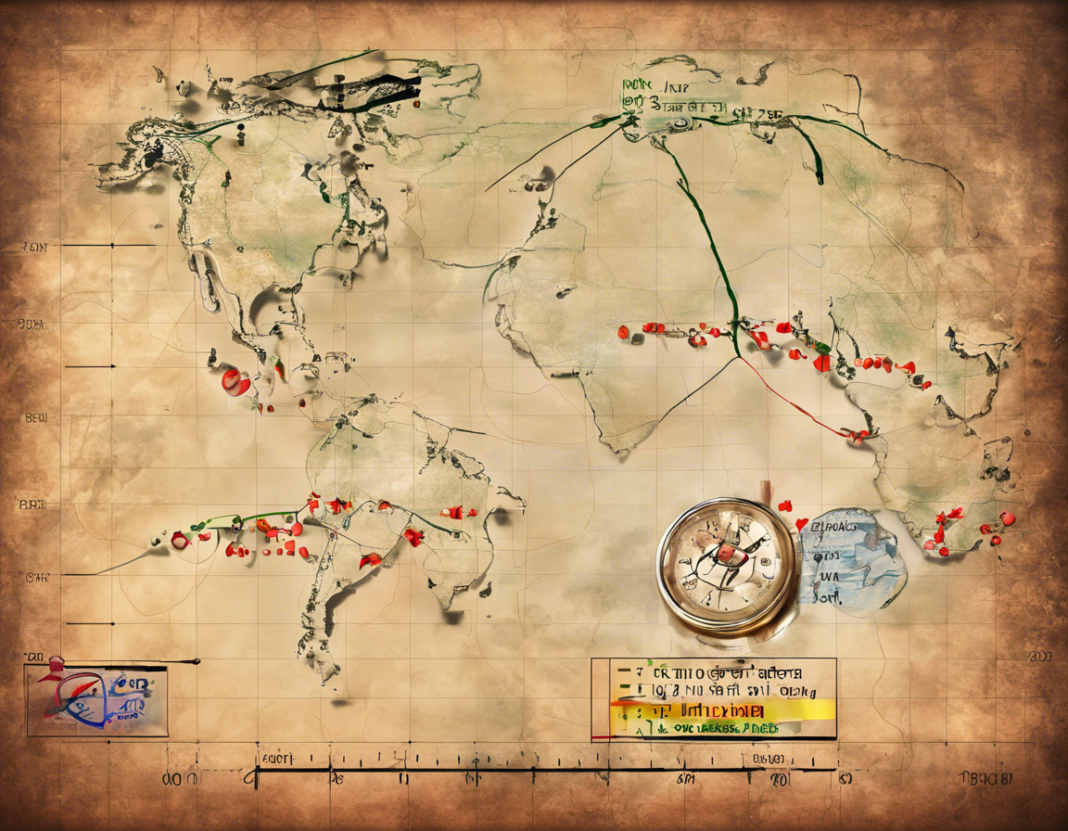Have you ever been captivated by the mesmerizing celestial phenomenon of a grahan (eclipse)? The beauty of the sun or moon being obscured by the shadow of another celestial body is a rare spectacle that has fascinated humans for millennia. If you’re eager to witness this cosmic event, it’s essential to be well-prepared and informed about Grahan timing to make the most of this once-in-a-lifetime experience.
Understanding Grahan
A Grahan occurs when either the Earth’s moon (lunar eclipse) or the sun (solar eclipse) is obscured by another celestial body. This occurrence is a result of the alignment of the sun, moon, and Earth in specific positions, casting shadows that block the light from reaching one of the celestial bodies.
Types of Grahan
There are two main types of Grahan events:
1. Lunar Eclipse: This occurs when the Earth passes between the sun and the moon, casting a shadow on the moon.
2. Solar Eclipse: This happens when the moon comes between the Earth and the sun, blocking the sunlight from reaching Earth.
Importance of Grahan Timing
Grahan timings are crucial for those who wish to observe the event because they indicate the exact moment when the eclipse begins, reaches its peak, and ends. Being aware of the timing allows enthusiasts to plan their viewing experience effectively and ensure they don’t miss out on any phase of this celestial spectacle.
Solar and Lunar Grahan Timings
- Solar Grahan Timing: Solar eclipses occur during the day and can only be observed when the sun is visible. The timing of a solar eclipse is essential for determining when it will be visible in specific regions.
- Lunar Grahan Timing: Lunar eclipses, on the other hand, can be observed at night when the moon is visible. Knowing the timing of a lunar eclipse helps observers plan their viewing sessions accordingly.
Tips for Watching a Grahan
If you are planning to witness a grahan, here are some essential tips to ensure you have a memorable and safe experience:
– Use Proper Eye Protection: Never look directly at a solar eclipse without proper eye protection to prevent eye damage.
– Find a Clear Viewing Spot: Choose a location away from city lights and buildings to have a clear view of the eclipse.
– Bring Essential Supplies: Carry water, snacks, and a chair for a comfortable viewing experience.
Frequently Asked Questions (FAQs) About Grahan Timing:
- What is the importance of Grahan timing for enthusiasts?
-
Answer: Grahan timing helps enthusiasts know when to observe the eclipse and plan their viewing sessions effectively.
-
Can Grahan timings vary in different regions?
-
Answer: Yes, Grahan timings can vary based on the observer’s location, leading to variations in the visibility and timing of the eclipse.
-
How can I find the exact timing of a Grahan event in my area?
-
Answer: Websites, apps, and astronomical organizations provide precise information on Grahan timings tailored to specific locations.
-
Are there any cultural beliefs or practices associated with Grahan events?
-
Answer: Many cultures have traditions related to eclipses, with some viewing them as ominous events while others celebrate them as significant cosmic occurrences.
-
Is it safe to watch a Grahan with the naked eye?
-
Answer: It is unsafe to observe a solar eclipse without proper eye protection, as the intense sunlight can cause permanent eye damage.
-
How often do Grahan events occur?
- Answer: Grahan events are relatively rare, with a few solar and lunar eclipses happening each year, but their visibility varies based on location.
In conclusion, understanding and being aware of Grahan timing is essential for anyone interested in witnessing these celestial marvels. By following the timing guidelines, safety precautions, and tips mentioned above, you can make the most of this extraordinary event and create lasting memories of the beauty and grandeur of the cosmos.

